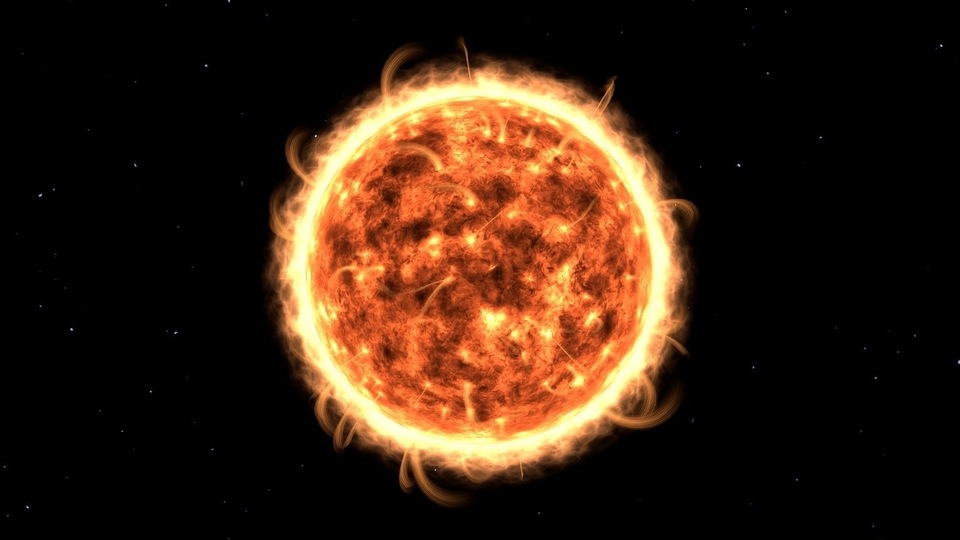CME set to spark strong G2 geomagnetic storm, auroras on Earth
Due to the eruption of a magnetic filament on the Sun, a CME is headed straight for Earth and it could spark a G2-class geomagnetic storm soon. Know the details.

Geomagnetic storm today: Over the last few months, the Sun has become increasingly volatile and has been spewing out solar matter such as flares, CMEs, and other particles. This is due to the approaching peak of its 11-year solar cycle, also known as the solar maximum. During this period, solar activity is extremely high and the various planets, including Earth, come in the firing line of the resultant solar storms, geomagnetic storms, and more. Their frequency is likely to increase even more as we approach the solar maximum, which could arrive in 2025. Due to its volatile nature, NASA has several instruments monitoring the Sun's activity.
With their help, NASA, as well as the National Oceanic and Atmospheric Administration (NOAA) have revealed that a CME is approaching Earth rapidly and could hit Earth soon, resulting in a strong geomagnetic storm.
Risk of geomagnetic storm
According to a report by spaceweather.com, forecasters at the National Oceanic and Atmospheric Administration (NOAA) and NASA, after carefully studying the data, have shed light on a CME that was released due to a filament erupting on the Earth-facing side of the Sun. Both of their models have predicted that this CME is rapidly approaching Earth, and is expected to hit the planet as soon as tomorrow, September 19. The timing for the impact is still uncertain, with NOAA predicting an early impact, while NASA says it will strike during the late hours of the day.
What's concerning here is the CME's aftermath. As per the report, the CME could spark a G1 or even a stronger G2-class geomagnetic storm on Earth when it hits. For the unaware, while Earth's magnetosphere deflects most solar activity carried by the solar wind, some charged particles seep through. These energetic particles cause magnetic disturbances, classified as either geomagnetic storms or substorms.
The report states, “A huge magnetic filament erupted on Sept. 16th (movie), hurling a CME almost directly toward Earth. The impact could spark G1 (Minor) to G2-class (Moderate) geomagnetic storms.”
A similar G2 geomagnetic storm struck Earth on September 12, and it sparked auroras in US states such as Colorado and Missouri. Interestingly, another CME hit Earth on September 17 and again left auroras in its wake. This approaching CME could similarly also cause auroras in the US.
Catch all the Latest Tech News, Mobile News, Laptop News, Gaming news, Wearables News , How To News, also keep up with us on Whatsapp channel,Twitter, Facebook, Google News, and Instagram. For our latest videos, subscribe to our YouTube channel.































